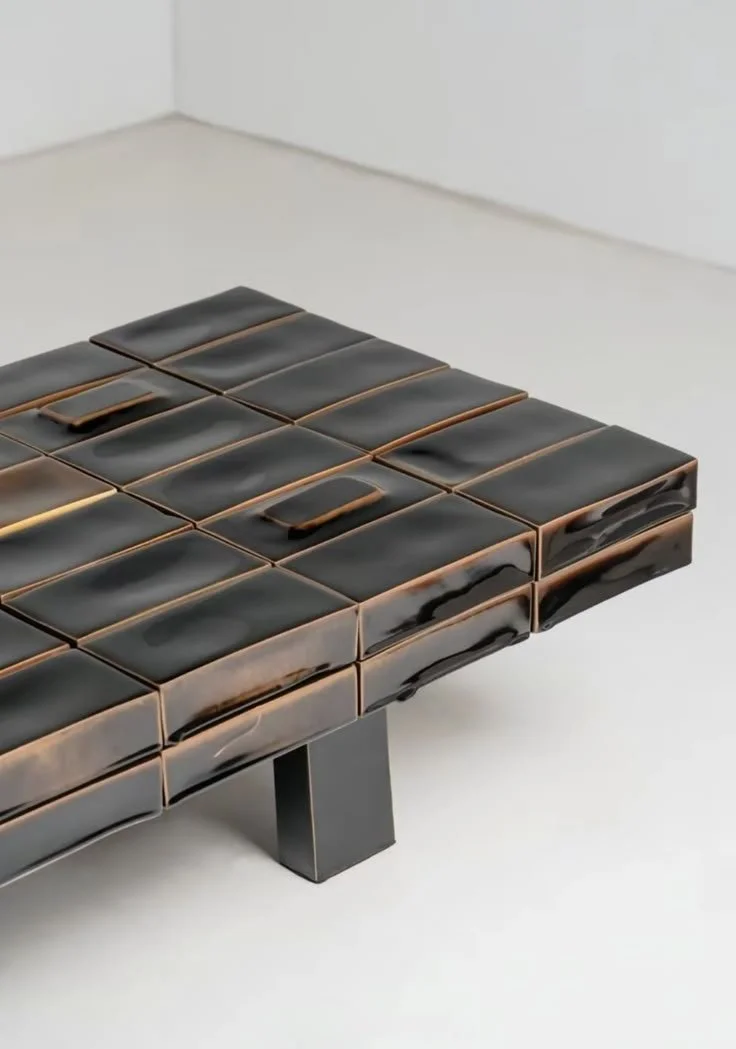Medieval Modern: A Fusion of History and Contemporary Elegance
There's something quietly arresting about the fusion of medieval architecture with modern design sensibilities—a dialogue between the weight of centuries past and the light, uncluttered aesthetics of our current era. I recently found myself captivated by the idea that our homes can be both relics and revelations at the same time.
At first glance, medieval design conjures images of rugged stone walls, heavy wooden beams, and ornate ironwork. It's a world of grandeur, steeped in myth and memory. Modern design, on the other hand, celebrates simplicity, clean lines, and an uncluttered palette. Yet, when these two seemingly divergent styles intersect, they create an unexpectedly harmonious space where old-world gravitas meets contemporary calm. Wretched Flowers and Rooms Studio, pictured above, illustrate this wonderfully.
In my view, the true genius of the Medieval Modern trend lies in its ability to evoke a narrative—a sense of timelessness that invites us to reflect on our place within a long continuum of human creativity. Imagine walking into a living room where a sleek, modern sofa sits comfortably beside a rough-hewn stone accent wall, or a dining table crafted from reclaimed wood stands as a testament to both history and craftsmanship. This isn’t merely about mixing textures or balancing color palettes; it’s about crafting an environment that feels lived-in and layered with meaning.
What excites me most about this trend is the way it challenges our preconceptions. We're often told that historical design is all about opulence and formality, while modern is stark and functional. Medieval Modern flips that narrative. It asks us to consider that the rugged, tactile beauty of the past can coexist with the understated elegance of today’s interiors. The interplay of shadow and light, rough and smooth, ancient and now, provides a visual rhythm that’s as intellectually engaging as it is aesthetically pleasing.
There’s also a sustainable edge to this approach. Many of the materials—stone, reclaimed wood, wrought iron—are not only durable but carry their own histories, reducing the need for new resources. This gives the design a timeless, almost eco-conscious appeal that resonates deeply in our era of rapid consumption and planned obsolescence.
For me, the true art of Medieval Modern is in its storytelling. Each element, from a minimalist iron chandelier to a weathered stone backsplash, speaks of bygone eras without overshadowing the modern functionality of the space. It’s as if these design elements are conversing: the old telling tales of resilience and craftsmanship, the new offering a counterpoint of clarity and efficiency. The result is a home that doesn’t just function as a living space but becomes a living narrative—rich, layered, and continually unfolding.
In a world that often values the new over the old, embracing a Medieval Modern style is a subtle act of rebellion. It celebrates the idea that beauty is not confined to a specific era but can be found in the dialogue between the past and the present. It reminds us that our surroundings can be a bridge between what once was and what can be, infusing everyday life with a sense of history and wonder.
So, whether you’re drawn to the imposing presence of medieval architecture or the crisp lines of modern minimalism—or perhaps both—consider how these elements might converse within your own space. The trend isn’t about adhering to a strict set of rules; it’s about exploring a dynamic interplay that feels both timeless and startlingly fresh.





